¿Conocen ustedes el acento boliviano? Bueno, ¡no busquen más! Para nuestro podcast, tuvimos la increíble oportunidad de entrevistar a Jacqueline Guardia, quien es de Santa Cruz o, deberíamos decir, “Santa Cruh”, Bolivia. Jacqueline hace algo muy especial cuando habla español. Aspira la /s/. Este no es un fenómeno muy común en Bolivia y es exactamente por eso que queríamos investigarlo más porque difiere de la norma de Bolivia. Por “aspiración” entendemos la expulsión de aliento que acompaña o sustituye a una consonante. Esto hace que la /s/ se pronuncie más como una “h” en inglés cuando habla Jacqueline. Nos divertimos muchísimo al poder escuchar un dialecto diferente al nuestro y reconocer la diferencia en el habla. ¡Este podcast les enseñará más sobre la aspiración y les dará la oportunidad de escuchar un dialecto diferente por ustedes mismos! ¡Esperamos que disfruten y que aprendan algo nuevo!
Referencias
Lipski, J. M. (2014). El español de América (S. Iglesias Recuero, Trans.). Cátedra.
Morgan, T. A. (2010). Sonidos en contexto: Una introducción a la fonética del español con especial referencia a la vida real. Yale University Press.
Totaka, K. (2006). Wii Sports Theme
University of Iowa. (n.d.). Sounds of speech. https://soundsofspeech.uiowa.edu/spanish




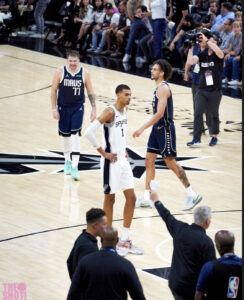
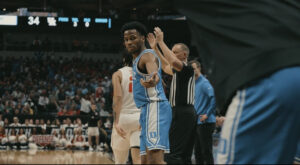
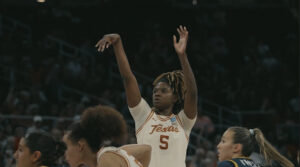
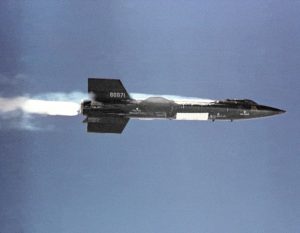
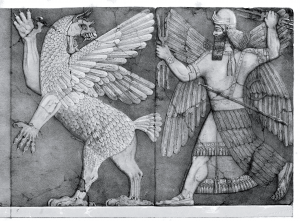
7 comments
Aztlan Alvarado
Hola Kristy y Eloy, me encantó la cantidad de ejemplos diferentes que usaron de la entrevista y la cantidad de detalles con los que los explicaron. Bolivia no es el lugar del que más se habla, así que escuchar sus historias al respecto fue genial. Aunque la aspiración de la /s/ solo afecta a una letra, es fascinante lo diferente que puede hacer que suene una palabra y cómo puede confundirte si no estás familiarizado con la fonética.
Camila Justus
Hola Kristina y Eloy! Se me hizo muy interesante su podcast. No tenia idea de que gente podria pronunciar la /s/ de dos mismas maneras. Yo pense que si alguien pronunciaba la /s/ como /ch/ este seria el caso para cuando usaban la /s/ cada vez. Tambien se me hace interesante como en ingles cuando alguien pronuncia la /s/ como /ch/ es incorrecto y tratan de arreglar la pronunciacion- pero en otros paises se ve como algo util que ayuda con la velocidad de hablar. Muchas gracias por el podcast!
Priscilla Vargas
Hola Kristina y Eloy. Sabia nada de Bolivia, asi es que me encanto tu podcast. Aprendiendo de centroamerica y la manera de hablar. La manera que pronuncia la /s/ es bien interesante y con la chica de Bolivia, especialmente porque a veces pronunciaba la /s/ y a veces era mudo. Lo interesante tambien fue que pronuciaba la /s/ despues de pausas mas lentos y cuando hablaba mas rapido es cuand se desaparecería. Este podcast fue agradable y dio suficiente información y conocimiento para ayudarme a entender a otros hispanohablantes.
Brianna Rodriguez
¡Hola Kristy y Eloy! Su podcast fue muy informativo. Especialmente porque siento que a lo largo de mis años de clases de español rara vez se habla de Bolivia. Disfruté aprendiendo sobre su aspiración de /s/ y cómo los diferencia de otros hispanohablantes. ¡Buen trabajo en tu podcast!
Briana Martinez
¡Hola, Kristina y Eloy! Que interesante se me hizo su podcast. No estoy muy familiarizada con el dialecto Boliviano así que aprendí mucho de su proyecto. Yo tampoco sabia que en Bolivia se usa la aspiración de la “s.” Gracias por esta nueva información. ¡Excelente trabajo!
Mariana Mata
¡Hola, Kristy y Eloy! Primero, quisiera felicitarles por un excelente episodio. ¡Gracias por hablar sobre un país que muchos de nosotros no tomamos en cuenta! De todos los epsisodios que han hablado sobre la aspiración de la /s/, este ha sido mi favorito, ya que el lenguaje de Jacqueline sigue mucho los ejemplos de un libro de texto que habla sobre este fenomeno. ¡Buen trabajo, chicos!
Meghann Peace
¡Gracias, Kristy y Eloy, por este episodio! Mencioné en un comentario que el dialecto centroamericano no está tan estudiado, pero en realidad, es el dialecto boliviano el que recibe muy poca atención. ¡Es bueno y justo que se la den! Y tengo que sonreírme cada vez que pienso en nuestras conversaciones primeras, cuando les dije que no iban a encontrar la aspiración en el habla de una boliviana. ¡Qué importante es recordar que, como bien dicen, aunque muchos en una región hablan de una manera, no significan que hablen así TODOS! El mundo lingüístico es tan diverso y fascinante, el español tan variado y ¡gracias por compartírnoslo!